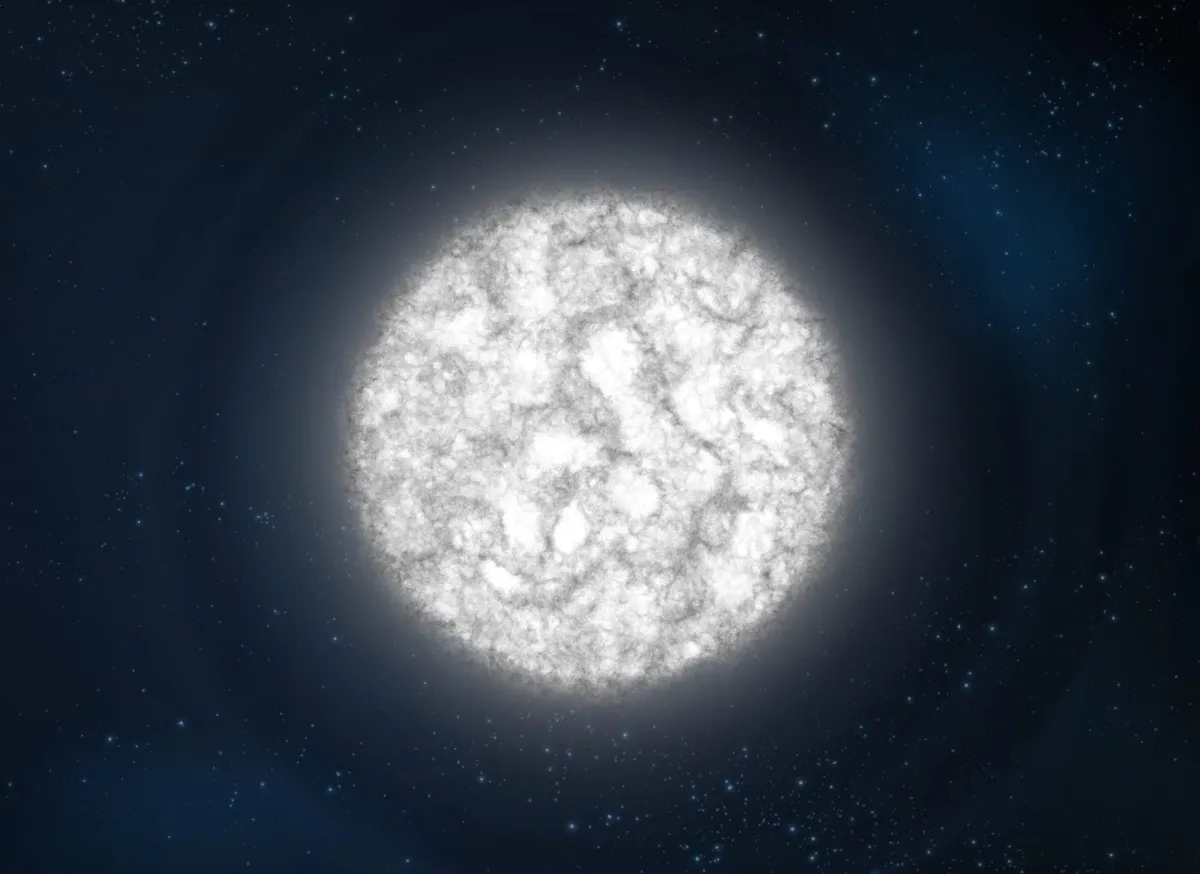Nothing lasts forever: not even our Solar System. Not even our Sun: that seemingly indestructible ball of nuclear fusion that provides the energy and warmth necessary for life on Earth.
The Sun is about 4.6 billion years old, which makes it seem like it will surely be around forever, but this is not the case.
And if the Sun, like everything else, will eventually fizzle out and become no more, what will its dying days look like?
More importantly, perhaps, how can astronomers confidently say what will happen when the Sun dies?

If we're interested in calculating when the world will end, knowing more about when the Sun will die is key.
There are many missions dedicated to the study of the Sun that are hoping to answer some of those questions.
We spoke to astronomer and white dwarf expert Dr Christopher Manser to find out more about the fate that ultimately awaits our host star.

How will the Sun end its life?
When stars like the Sun die they eventually run out of the hydrogen burning in their cores and expand into red giants.
If they have planets, they can engulf part of their own solar systems. Astronomers caught a glimpse of what this might look like through observations of ZTF SLRN-2020, the star that swallowed a planet.
After this stage they blow off their outer layers and become white dwarfs.
We have evidence that 25–50% of white dwarves host planetary systems.
We detect these by looking at evidence that the white dwarfs are ripping apart asteroids with their immense gravity, that then form an accretion disk around them, akin to Saturn’s rings.
Dust then falls onto the white dwarf, and we can observe it within the star’s light using spectroscopy.
In about 5 billion years, our Sun will reach the red giant stage. Mercury and Venus will be consumed, and it’s extremely likely that Earth will be as well.
So when the Sun becomes a white dwarf there will just be Mars, the asteroid belt and what’s beyond that.
Because the star is losing mass as it throws off its outer layers and the planets are expanding their orbits, there could be collisions that generate more asteroids and planetary fragments.
The chaotic motion helps more asteroids to be thrown onto the white dwarf at weird orbits that get ripped apart, forming a dust disc.
We’ve seen about 1–3% of white dwarfs have these discs – and closely observed about 40 of them.
You recently studied one of these. What did you look at?
There is a subset of white dwarf systems where we also see evidence of gas in the disc, there’s only about seven published systems so far – the one in my recent study is one of those.
The gas gives us a lot more information on the dynamics of what’s happening. With the dust we see the disc is there as it glows in the infrared.
With the gas we can tell how big it is, or how fast material is moving in the disc.
We took the observations because we had seen long-term variations in light from the disc over decades.
This made us curious as to whether there was any variation at the orbital timescale of two hours.

What did you find?
We saw this really nice periodic feature – if all things are equal in the disc there should be no variation. We were amazed by this and tried to come up with a few explanations.
But the only one that’s really stuck around is that there is a small body orbiting within the debris disc that is either generating gas on its own or disrupting the dust in the disc.
It was surprising because we weren’t expecting a body to be in the disc as they usually get ripped apart.
We think a body has come in and been partially ripped apart, but it has possibly an iron or nickel core – denser than usual asteroid material – that’s survived.
What could your research tell us about our own Solar System?
Because white dwarfs are so dense they are extremely stratified – hydrogen and helium are the lightest elements and float to the surface while everything else sinks down into the core.
So when an asteroid hits a white dwarf, for a little while we can see it in the top layer before it sinks down.
With these white dwarfs you also see silicon, magnesium, iron and oxygen in the atmosphere – so we can say ‘okay, that’s accreted planetary material’.
We can then model that and work out what the composition of that body was.
This raises some important questions: is the material our Solar System is made of unique or different?
What kind of variations do we see in the compositions of how things are made in other systems?We can also start looking for water.
This interview originally appeared in the September 2019 issue of BBC Sky at Night Magazine. Dr Christopher Manser is a research fellow at the Astronomy and Astrophysics group at the University of Warwick, UK

